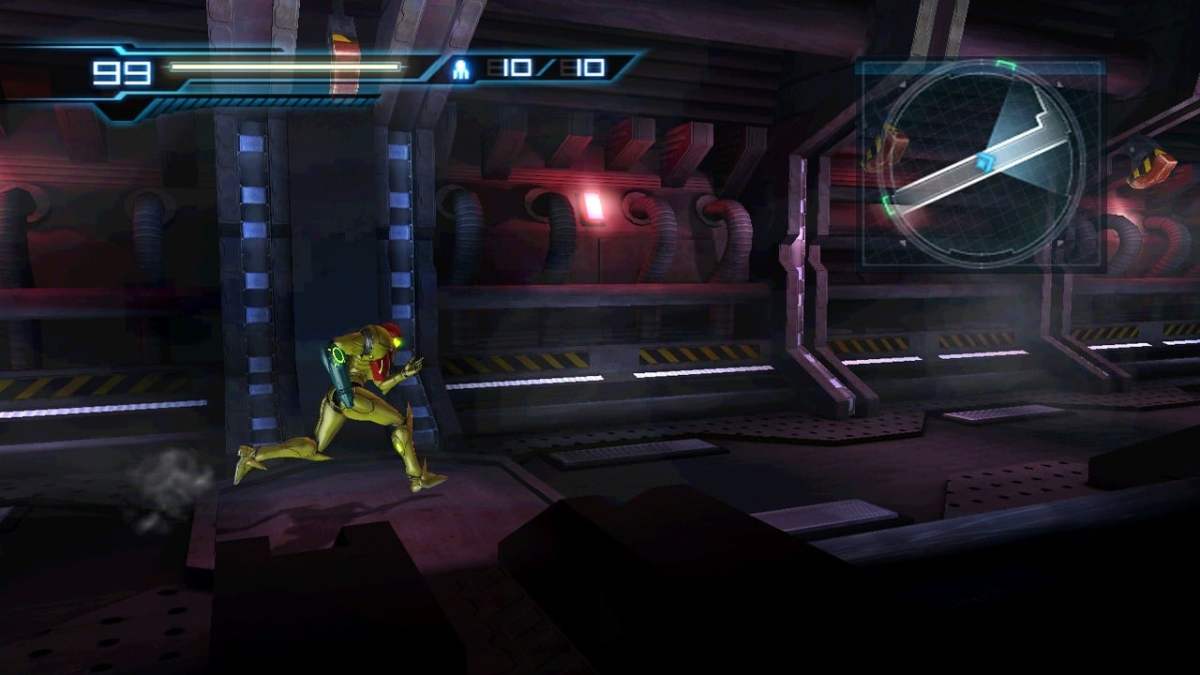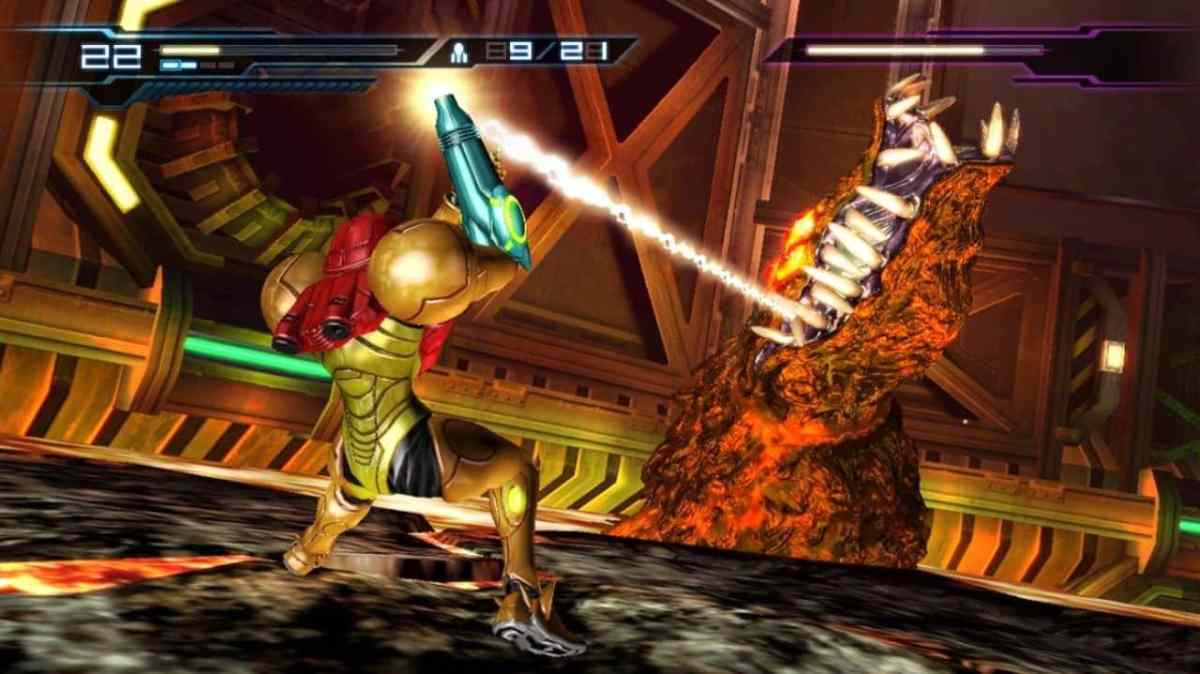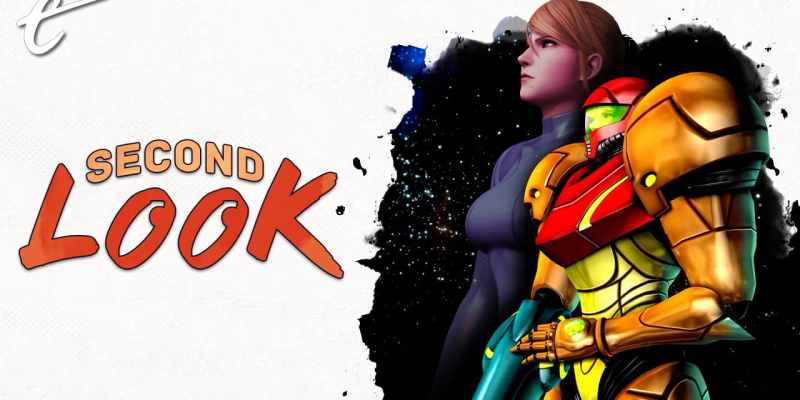Action games have fallen into a very comfortable rut over the years. We’ve seen control schemes and enemy types streamlined to the point we instantly identify them. You rarely see a team massively break the mold, let alone do so with a full AAA budget. Yet Metroid: Other M breaks just about every rule in the book with gusto. It remains one of the most polarizing Nintendo sequels in years, developed in tandem with Team Ninja of Ninja Gaiden and Dead or Alive fame.
Metroid: Other M is fascinating. It tries so many things never seen before, such as with 3D movement and a first-person aiming mode activated by pointing the Wiimote forward. Occasionally, it feels genuinely 2.5D. Most of the time, you’ll be running around with a sidelong or overhead view of series protagonist Samus Aran as she navigates a doomed research vessel. Along the way, she’ll do some proper Metroidvania exploration, but she’ll also engage in surprisingly fast-paced action.
While the constant perspective-shifting takes some getting used to, between pointing the Wiimote forward for first-person and holding it horizontally to move in third-person, it grows on you. Though not flawless, there’s a surprising amount of utility. With auto-aim in third-person, you don’t have to obsess over every shot blast against standard encounters. In fact, with the game’s Bayonetta-esque dodge system where you move right before being hit, it makes the standard shooting feel like you’re playing a brawler, just at range. When you swap into aim mode, the swift lock-on and ammo auto-select lets you focus on prioritizing targets.

Enemies are designed around this duality brilliantly, with different attack patterns, weaknesses, and behaviors depending on how you engage them. Sometimes you’ll have to swap by necessity, with alternate attacks crippling your opponents. There were even a few great instances where switching to Samus’ Morph Ball form was useful in combat, such as firing off a bomb to escape the maw of a giant venus flytrap. Bosses double down on this switching mechanic wonderfully, demanding you to constantly dodge about, blast, and take aim at their weakpoints across some great stages. Fighting a giant volcanic lizard and walking trees that spew rocket blasts were both huge highlights.
To be perfectly honest, the only major issue I had with Metroid: Other M’s controls was the limited number of buttons Team Ninja had to work with. It’s not hard to imagine swapping between movement and aiming mode more naturally if you didn’t have to fully turn a Wiimote in such a brief responsive window. It also wouldn’t hurt to have a separate button for moving the camera in aim mode and for locking onto enemies. By putting both duties on the B trigger, this can sometimes mistakenly lock your aim on the wrong target, forcing you to move or deal with a less important threat first to hit your intended target. None of these are deal breakers though, which is what brought me to a startling realization I hadn’t anticipated: I want to see a sequel, or a successor of some kind, to Other M.
I want to be perfectly clear – Metroid: Other M isn’t a great game. It’s definitely fun for a good few hours, but Team Ninja crammed in some seriously random difficulty spikes that seem tailor-made to punish you for enjoying playing. It’s not impossible by any means, but if you’re not thorough in exploring each level, the line between victory and defeat can seem just a few hits away. It’s also fair to say that for every brilliant boss, there’s an inexplicably harder enemy type. A giant trilobite and an electricity-spewing abomination that get thrown at you are simply infuriating, which feels a tad inevitable as the game constantly throws new opponents at you every chance it gets.

Yet for all of that, I still want more. A properly balanced, better-written game in this style could be amazing. It’s all so weird and unconventional, yet Metroid: Other M owns its creative decisions well — err, except when Samus is dryly monologuing some new terrible line of dialogue. Otherwise, the emphasis on quick reflexes and intuitive controls perfectly fits a game about being a sci-fi bounty hunter. Whether you’re swooping in to execute a takedown move, effortlessly weaving between enemy attacks, or lining up a blast of your rocket launcher, it feels fantastically empowering.
This unique approach also leads to some great moments of presentation. Though the story is lacking, Other M is never wanting for atmosphere. Despite being built for the Wii, it boasts next to no loading times, gorgeously framed environments, and beautiful art design. It never trips itself up trying to render its world two different ways, nor does it lose anything by not going fully 3D. A game this boldly experimental just doesn’t happen all that often anymore, and it begs to be revisited in some capacity.
Until then, if you can withstand its quirks and difficulty spikes, Metroid: Other M is a remarkably engaging time. It’s got a boatload of issues, as the Metroid fanbase has been deliberating for years, but at the same time, it can be a lot of fun. The key thing is to not go into it expecting anything familiar. Do that, and maybe you’ll get something out of it too.
